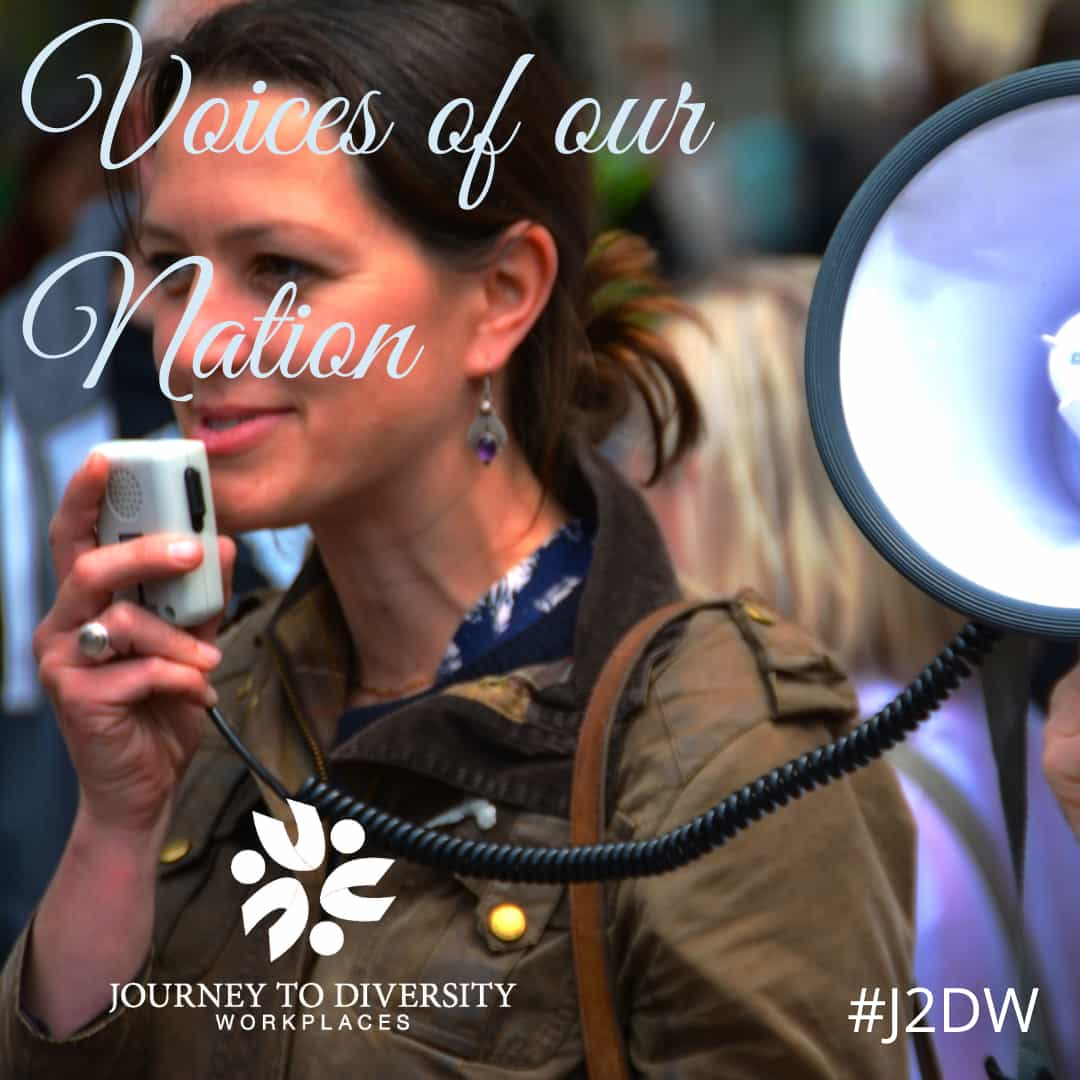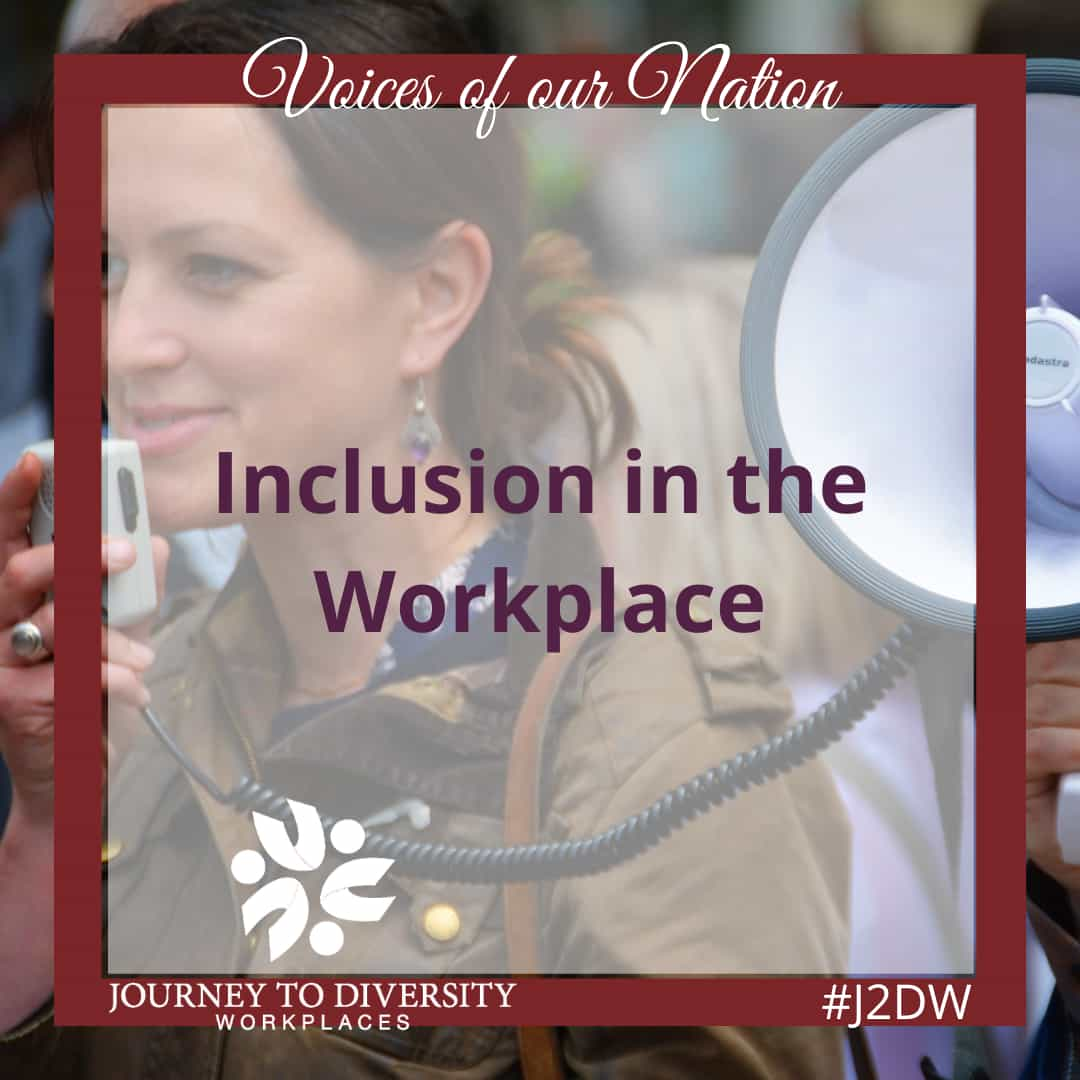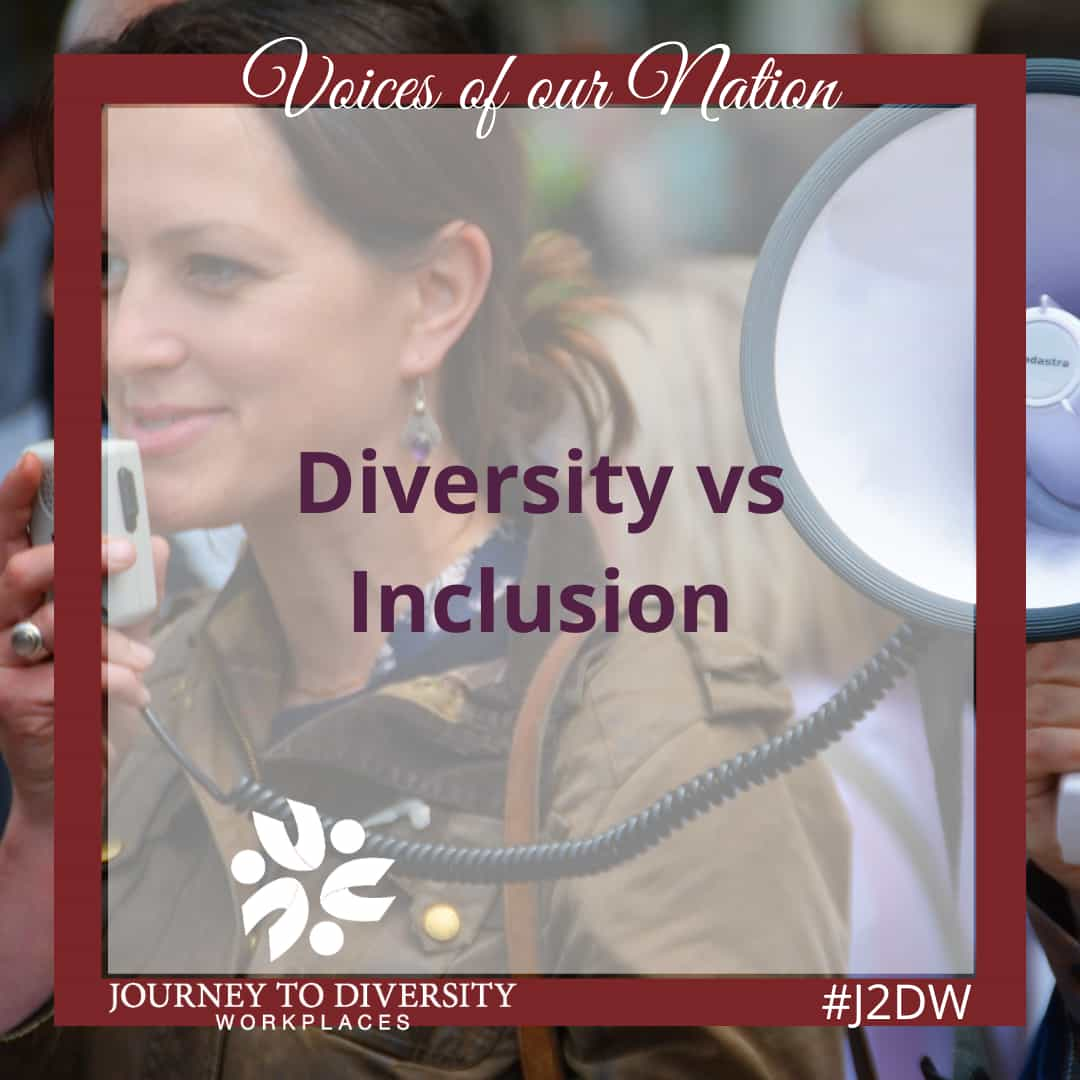It has become a lot easier since back in the day, to express gender and sexuality issues in the workplace. When one could not express a fundamental part of oneself, it tended to hamper the outflow of work. However, with that being said, it does not mean that it has been easy for our current generation. There are still problems that one faces at the workplace in the aspects of respect and inclusion. A ‘closed’ environment can significantly impact an individual’s involvement in the organization, potentially resulting in low staff morale, increased absenteeism, decreased productivity and retention difficulties.
When employees have been working together for a long time, it is likely that they become a tight-knit group and it can make it difficult for new employees to become part of that group. New employees aren’t aware of the group’s internal dynamics yet and can feel left out if everyone is calling out ‘Pepperoni’ at 4pm and you are the odd man out. Therefore, Human Resources departments have come up with techniques to help new employees or an existing employee who is not quite settling in yet to feel included at the workplace. Almost 45% of the employees who leave the workplace do so because of their seniors. That can be a large factor in deciding whether to stay with the company or not.
Here are some Human Resources techniques to help new and existing employees:
i) Open and Effective Communication – provide open communication channels and feedback. This optimizes the opportunity for discussion of issues related to inclusion and discrimination. Having complaint boxes or walk in policies with one’s supervisor would encourage individual’s to open up about the issues bothering them, which would in turn lead to employees feeling more comfortable
ii) Political Differences – everyone has different opinions and they must feel comfortable sharing them with their colleagues, as long as they are work appropriate. This can help build bridges with people who may share similar opinions
iii) Build Relationships – learn about the cultural backgrounds, lives and interests of employees outside of the workplace. Building relationships through increased understanding and trust helps to foster inclusion. (Who knows you may even find someone who you have a lot in common with and could help you move up the corporate ladder)
iv) Get Involved – be creative, flexible and look for new opportunities to join events the company is having such as the annual company picnic
v) Equal Opportunity – This is geared towards employers, as they have to ensure all employees have the equal opportunity to take part in decision-making and planning for social activities
vi) Special Days and Events – it is important to recognize and acknowledge special days and events such as International Day of Persons with Disabilities, International Day to End Racism, Gay Pride celebrations, etc
vii) Create Intranet-based Multicultural Calendars – this helps avoid scheduling important meetings on major cultural holidays so that everyone feels respected and heard
viii) Permit Flexible Schedules – this helps employees who observe religious practices can arrange their schedules around their beliefs. This ensures that the employees know that you respect their faith and also being accommodating
ix) Acknowledgements of Faiths – there are many different faiths in a workplace and the employer needs to respect them. This does not mean employers have to throw parties at every religious holiday but acknowledging it and giving the leeway for a day off will go a long way in building rapport between the employee and employer
x) Accommodating for Employees with Disabilities – for employees that are blind, in a wheelchair or have visual impairment, the employer needs to be accommodating. Have signs in Braille, audiocassettes, make the office accessible with a ramp, elevators, handicap washroom and parking spot
xi) Mental Health – it is important for employees who are suffering from mental health issues to know that they can talk to someone and that they are not alienated. Keep communication doors open and ensure them that they are in a safe environment and provide them with people they can talk to if they need it.
This article was written by volunteer blogger Riya Prem Raaj and edited by volunteer editor Erin Murphy.






